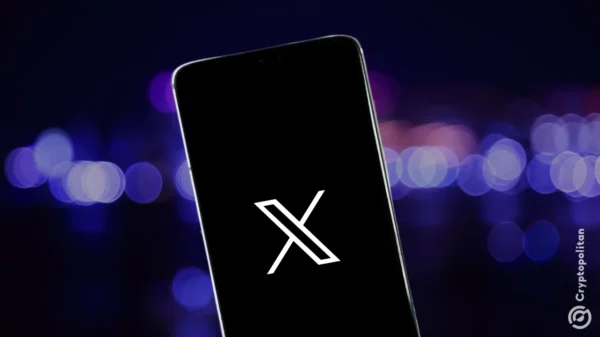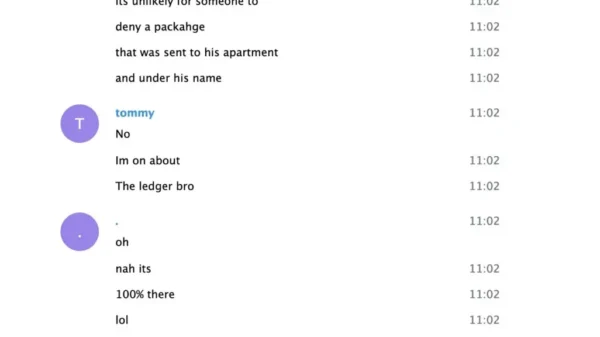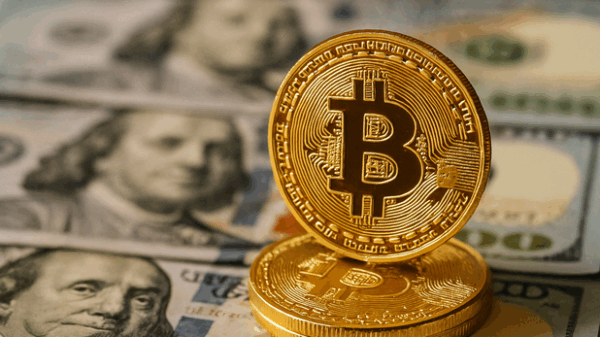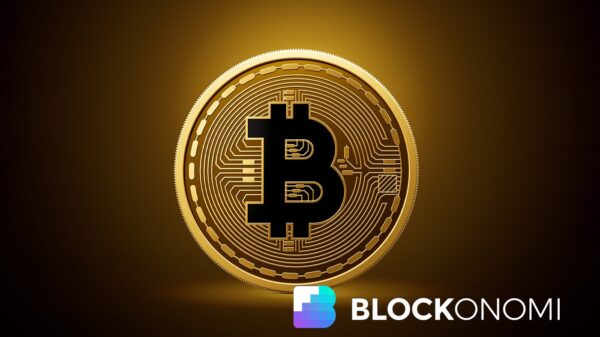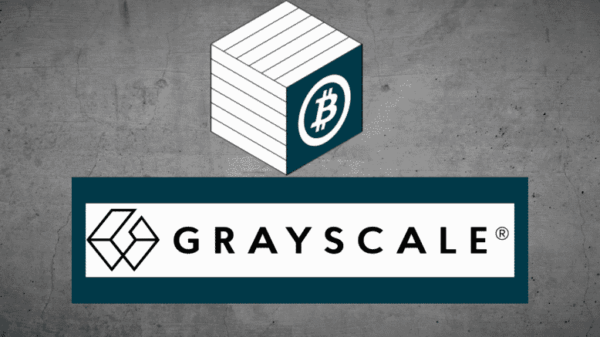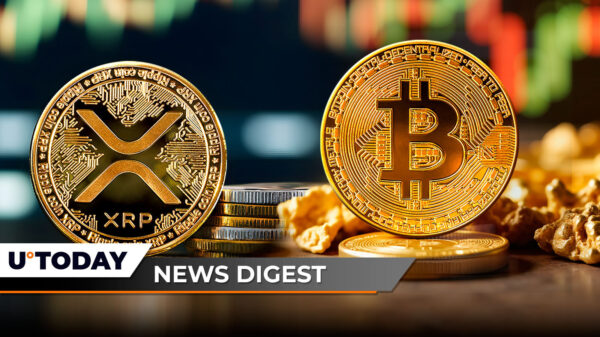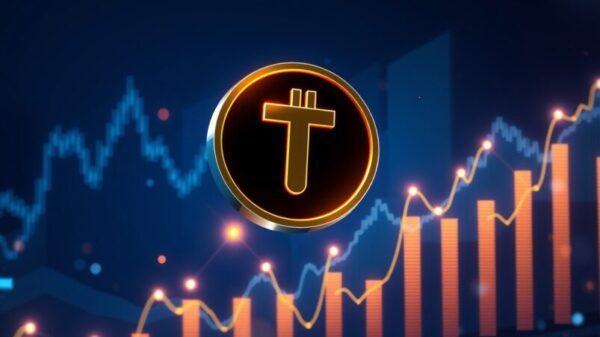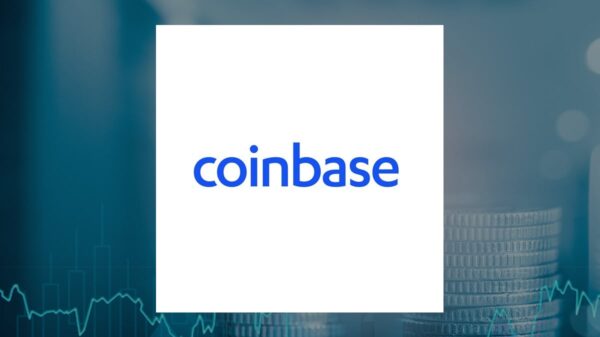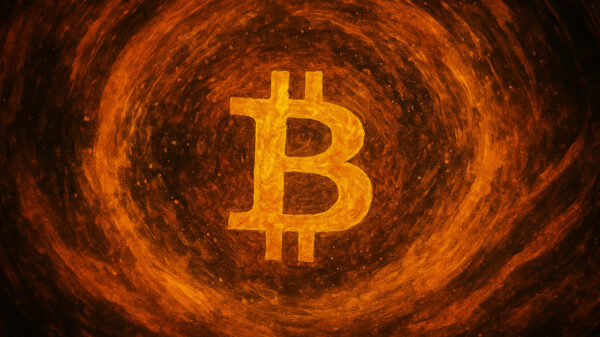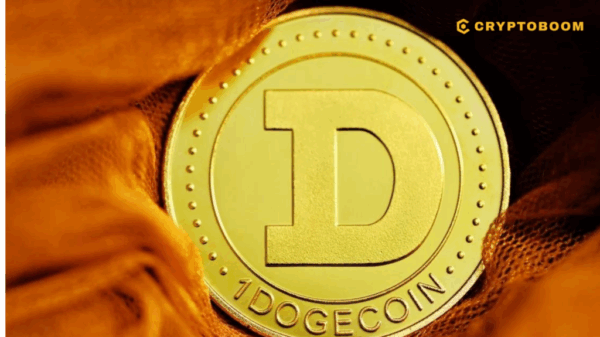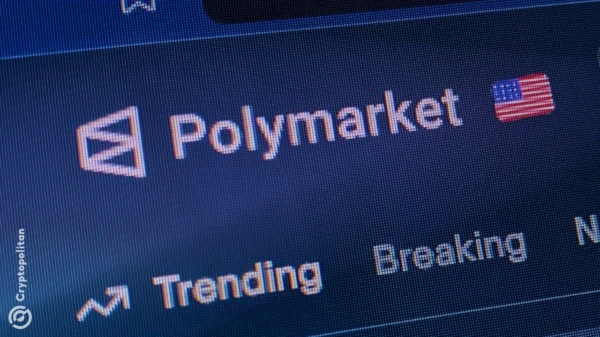The decentralized finance (DeFi) landscape is currently confronting a significant dilemma, with a staggering $12 billion reported as idle liquidity. This situation, where approximately 95% of deployed capital is not actively generating returns, raises essential questions about the effectiveness and future direction of DeFi protocols. As of November 2025, this scenario reveals a substantial gap between the capital locked in various protocols and the actual demand for its deployment, signaling both maturation and challenges within the sector.
The label “liquidity crisis” here is somewhat misleading. It does not indicate a lack of capital; instead, it highlights an oversupply of funds that are passively parked, failing to contribute to essential DeFi functions such as lending, borrowing, or trading. Despite impressive Total Value Locked (TVL) figures, a closer examination shows that much of this capital remains stagnant, indicating a disconnect between available resources and active engagement.
Several factors are contributing to this substantial pool of idle funds. First, yield compression has played a significant role. The high returns that characterized the early days of DeFi have diminished as more capital has entered the ecosystem, leading to reduced attractiveness of traditional farming and lending strategies. Furthermore, following a series of exploits and market instabilities, many liquidity providers (LPs) have adopted a more cautious approach, often choosing to secure their assets in well-established protocols rather than pursuing riskier opportunities.
Additionally, the complexity of navigating the diverse array of DeFi offerings can deter users. Understanding nuances like impermanent loss and managing gas fees adds layers of friction that make casual involvement challenging. Moreover, while DeFi has made strides in establishing foundational services, the growth of innovative applications capable of efficiently utilizing significant amounts of liquidity has not kept pace with the influx of capital.
The implications of this widespread idle liquidity are substantial. For many protocols, high TVL figures may not translate to effective capital efficiency or significant revenue generation. This situation can stifle sustainable growth and complicate the justification of valuations. For users, the opportunity cost of unutilized funds becomes apparent, suggesting that the sector is transitioning from an initial phase focused on capital accumulation to one that emphasizes genuine utility and efficient capital deployment.
To address the idle liquidity issue, the DeFi community must adopt a multi-faceted approach. Future protocols should emphasize designs that enhance asset utilization, such as concentrated liquidity pools and advanced yield strategies that adapt to market conditions. Improving the overall user experience through simplified interactions and reduced transaction costs via Layer 2 solutions can also encourage greater participation.
Creating new demand drivers is essential. This could involve blending DeFi with traditional finance, attracting more sophisticated institutional investors, and expanding into emerging markets like decentralized insurance and prediction markets. Additionally, innovation in risk management tools will empower users to deploy their capital more confidently across diverse opportunities.
In conclusion, the revelation that $12 billion in liquidity is currently idle serves as a critical reminder for the DeFi sector. It emphasizes that merely accumulating capital is insufficient; true progress hinges on effective and productive utilization. While this liquidity crisis presents notable challenges, it also acts as a catalyst for innovation, pushing developers and users toward a more mature, capital-efficient, and utility-oriented DeFi ecosystem. The effectiveness with which the sector can convert dormant capital into active, value-generating liquidity will define the next phase of its evolution.

